We’ve seen the first-ever fully-electric 5 Series in the new i5, but BMW is merely adding on an EV option to the G60 generation’s powertrain mix, which will continue to have plug-in hybrids, four- and six-cylinder petrol engines and even diesels. Everyone is avoiding talking about diesel like the plague these days, but oil burners have their place in a mile-munching business tool like the 5 Series.
The EVs are impressive and we’re thankful to see the continuation of familiar badges like 520i, 530i and 540i (the latter is a six-cylinder turbo, all ICE now with 48V mild-hybrid tech), but it was the new ‘GEN5’ PHEVs that really caused me to sit up straight like a meerkat.
Why so? The generational leap is huge! Compared to the outgoing G30 LCI plug-in hybrid, we’re looking at 75% higher electric output, 24% higher total output, 78% higher pure electric range, 39% higher total range and 27% more boot space. That’s some quantum, I’m sure you’ll agree.
Two PHEVs have been announced and they are the 530e and 550e xDrive. Let’s focus on the former, which was available in Malaysia in G30 form and will surely be introduced here again, possibly next year. The G60 5 Series was designed to accommodate all powertrain options, which now includes an EV. The i5’s battery is in the sedan’s floorpan and the PHEV’s battery is in the same place, which means that there’s no reduction in boot volume.
The ICE under the 530e’s hood is a 2.0-litre four-cylinder turbo unit with 190 hp and 310 Nm of torque. The B48 with a Miller cycle is paired to an eight-speed Steptronic Sport automatic transmission with an integrated electric motor. In the new 530e, the e-motor makes 184 hp/250 Nm (up from 68 PS) but a new e-motor pre-gearing system raises max torque at the gearbox input shaft to 400 Nm.
Total system output for the 530e is now 299 hp and 450 Nm. The outgoing 530e had 252 PS and 420 Nm. 0-100 km/h is done in 6.4 seconds and top speed is 230 km/h.
That’s rather brisk for a big executive saloon, but the headlining stats are from the battery. The lithium-ion unit’s capacity is now 19.4 kWh (up from 12 kWh), and it delivers a combined WLTP-rated pure electric range of 87-102 km. That’s a big improvement from the G30 LCI’s 67 km, and with 100 km of EV range in the bag, you can use the 530e just like a BEV in daily commuting, without involving the engine at all as electric top speed is a generous 140 km/h.
You’ve got to plug it in daily to do that, of course, but the 530e could well be the best of both worlds if you’re not ready to commit to EVs – no charging issues in long distance travelling, zero range anxiety. By the way, the maximum AC charging rate has been doubled to 7.4 kW. The official WLTP fuel consumption figure is 0.8 to 0.6 litres per 100 km, but there are many variables when it comes to PHEVs – it can even be 0.0L for some commuting patterns.
The 530e you see here was displayed at the i5 launch event hotel, and it’s a good thing BMW didn’t bring one in M Sport form, giving us a chance to see the G60 in a different light – it’s a more basic, less aggressive, more stately look with some brightwork, albeit satinised. To compare, check out the G60 with the M Sport body and the even more aggressive M Performance suit in our i5 review.
GALLERY: 2024 BMW 530e in Lisbon
GALLERY: 2024 BMW 530e official pics
Looking to sell your car? Sell it with Carro.

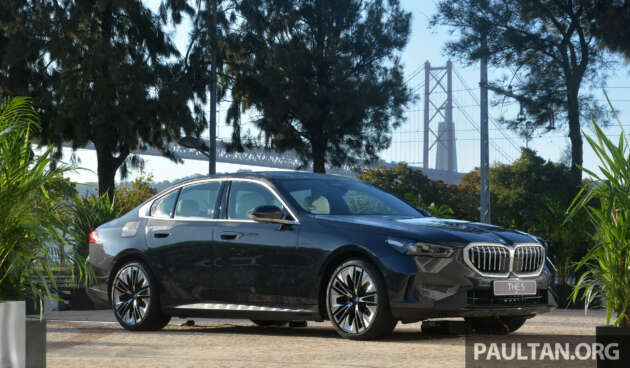
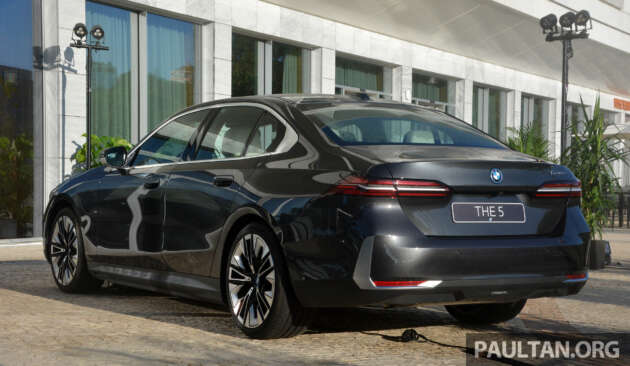







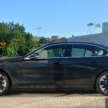











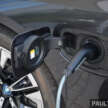

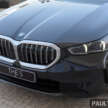



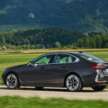

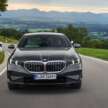









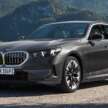
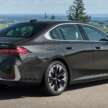

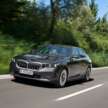


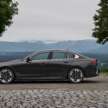

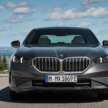


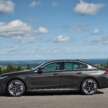

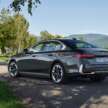

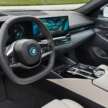

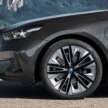
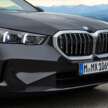



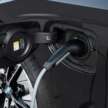
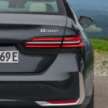









































This is not something I can afford but while shopping around for a non-luxury D-segment sedan recently, I found quite a number of pre-owned previous gen 530e on sale for around RM 180-190K, even on BMW official premium selection. They are mostly 2019 make. This was quite tempting to me compared to a new Japanese D-segment which is over 200k. The value dropped by almost 50% in 4 years which is quite staggering while the petrol variant holds its value a lot better. People who can afford this new likely don’t care about resale value but is the sharp drop in value due to long term maintenance issues?
All continental hybrid cars are like that where have poor resale value. But all depends on which have better resale value for hybrid continental cars. But now, bmw hybrid resale value is getting better followed by porsche, then audi and mercedes. Even reliability, bmw, audi and porsche are better while mercedes is opposite
Ha ha… u can take a guess. Not just the sedan, look for SUV eg. X5. U may even drive home one for 150k. PHEV?….
Go for the new Jap if you plan to keep your car for long term and you are not in sales.
If you can’t afford a new BMW, you most probably can’t afford a used one.
Don’t like it, then don’t buy. Simple is that
Maintenance is expensive on these cars no doubt. I think lifetime cost for 4-5 year 530e vs say Camry will be quite a bit higher (especially depreciation) but hey, it’s a BMW right and the G30 is a beautiful car, certainly better looking then the F10 which did not age well. I reserve judgment on G60 until I have seen it but it looks too boxy to me.
I think a large part of it is also due to BMW Easy Drive financing aka leasing. High interest but low monthly repayments but at the end of the lease you own and owe nothing. Marginal owners buy for the badge, then dump at the end of lease, almost never paying the lump sum because BMW gives you a lousy valuation
Look outdated!
You saying Mercedes really outdated too. Anyways, if you say this car is already outdated, maybe you need to check your eyes
Beauty hybrid car
you get the cost of both world as well.
The cost of maintening the petrol engine, and also the battery replacement.
Nice
This car is way ahead than W214 E Class that already dated inside
One of the cleaner emissions car too